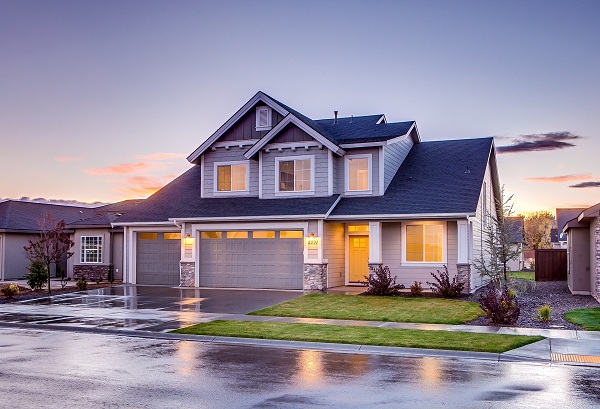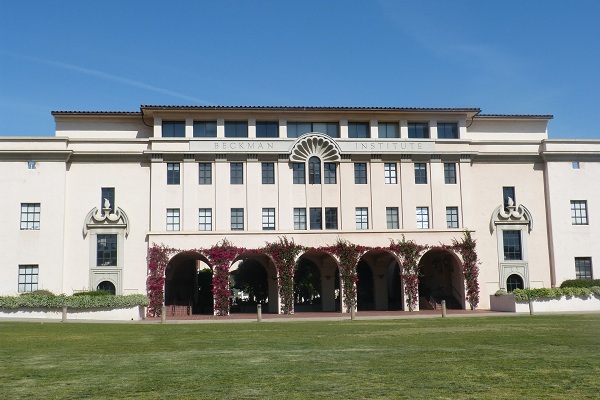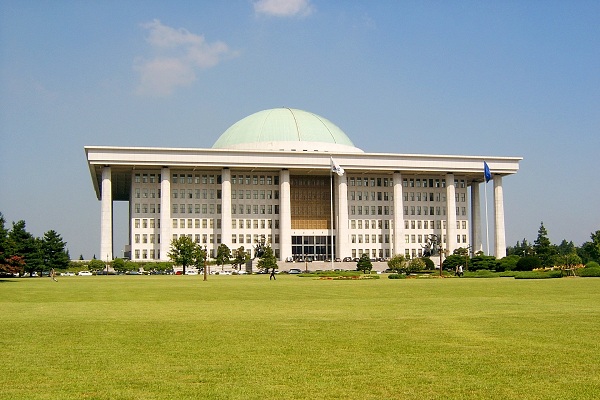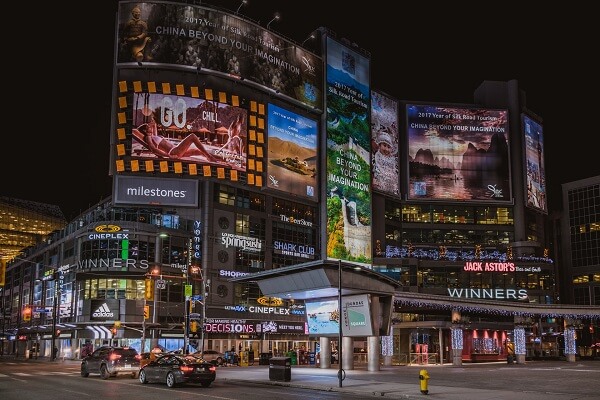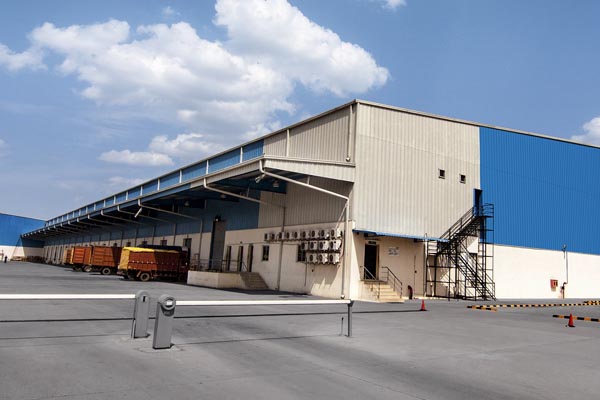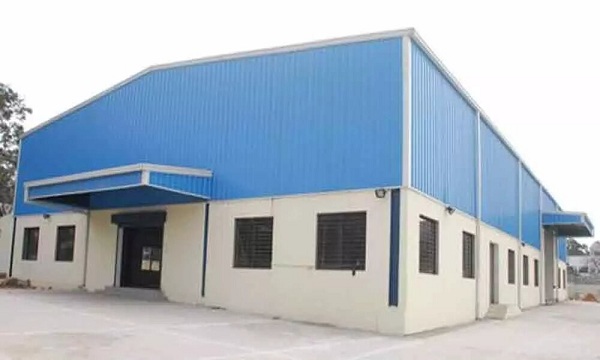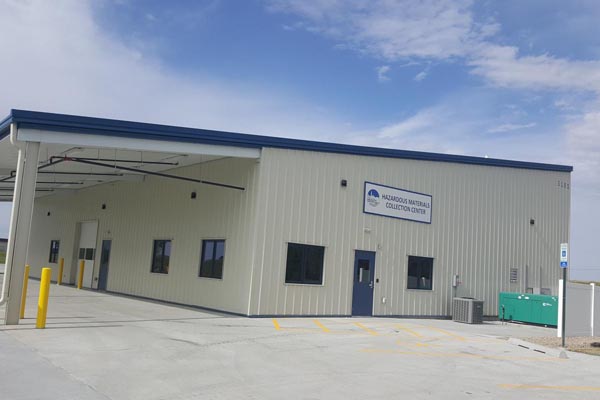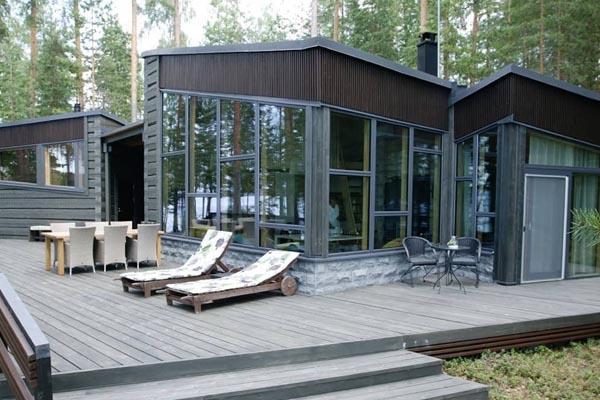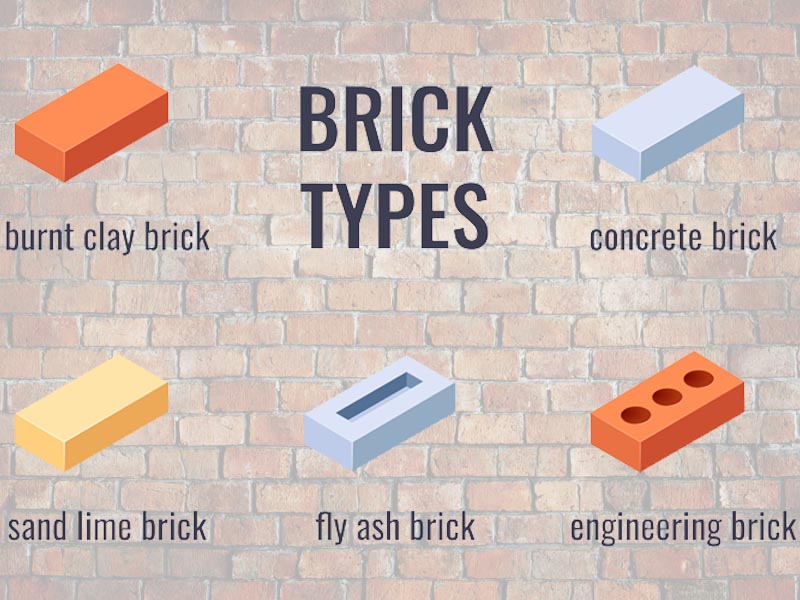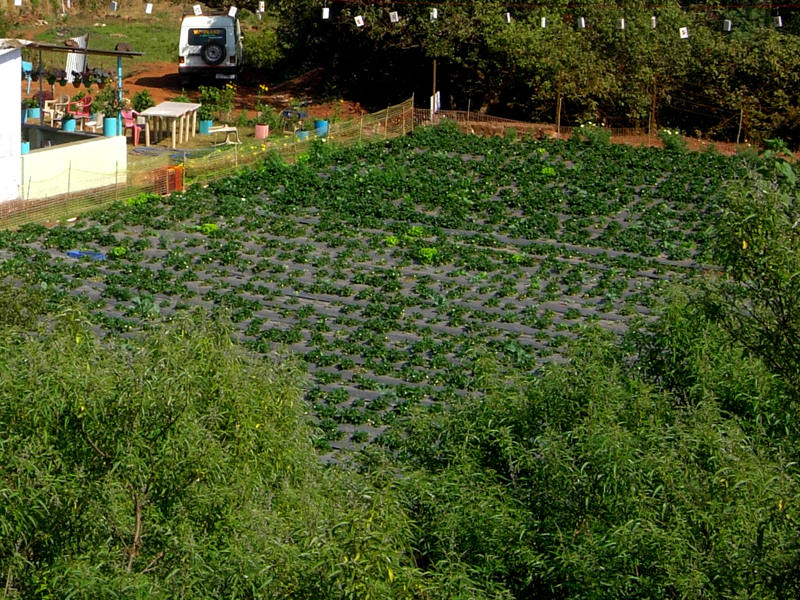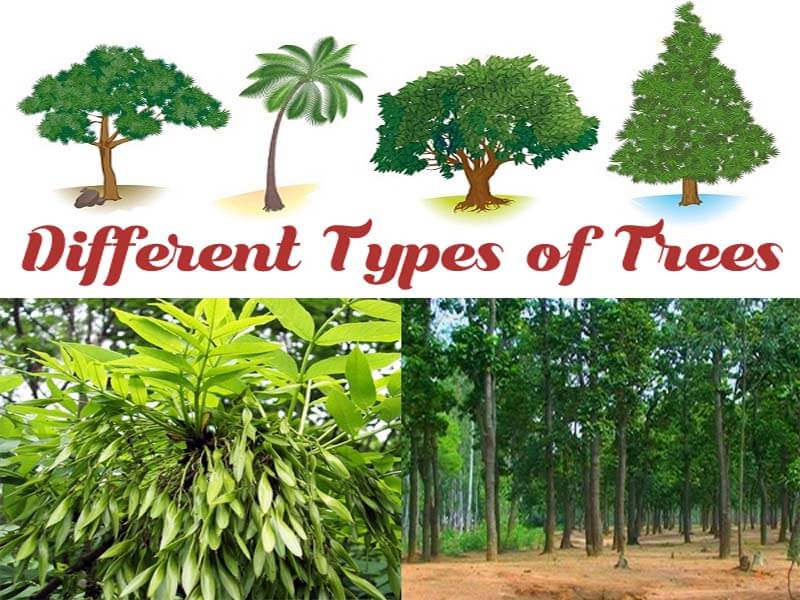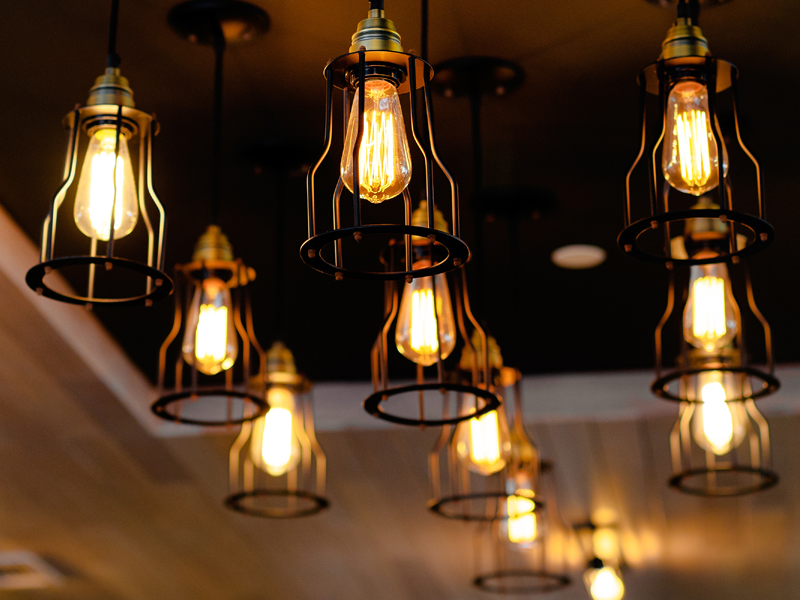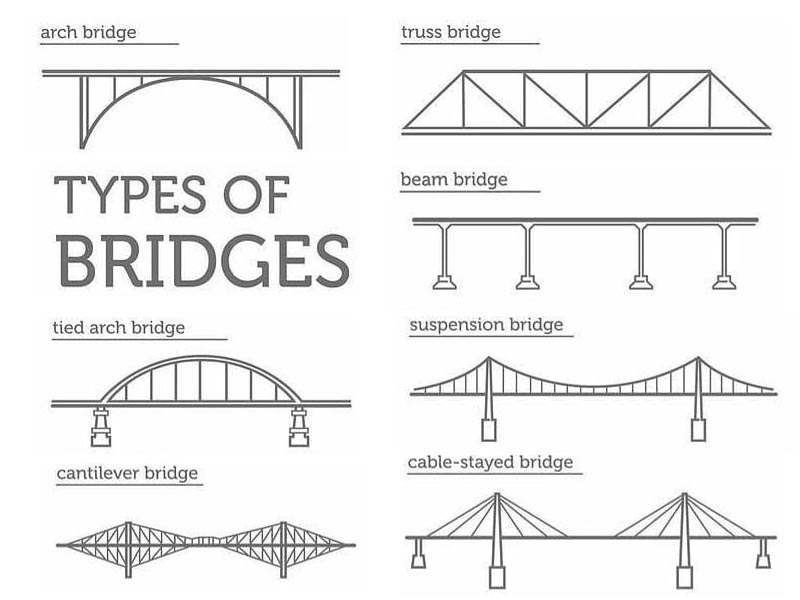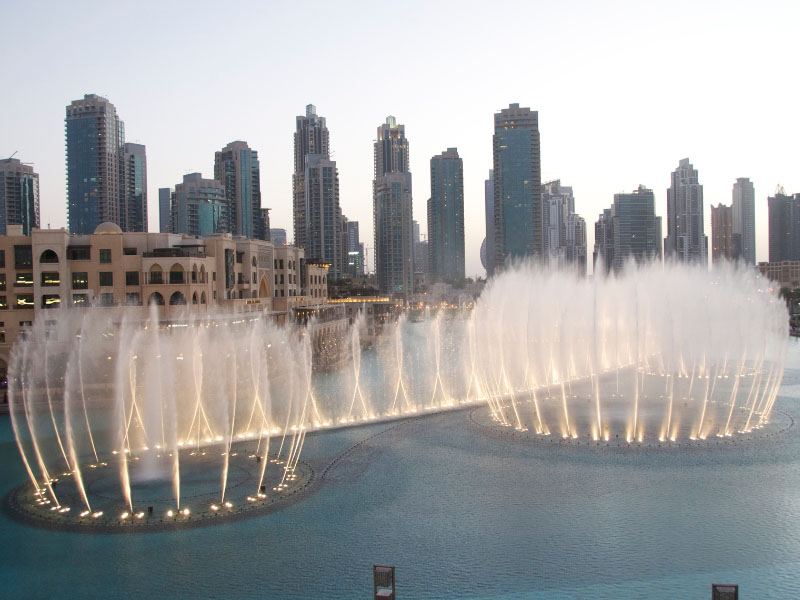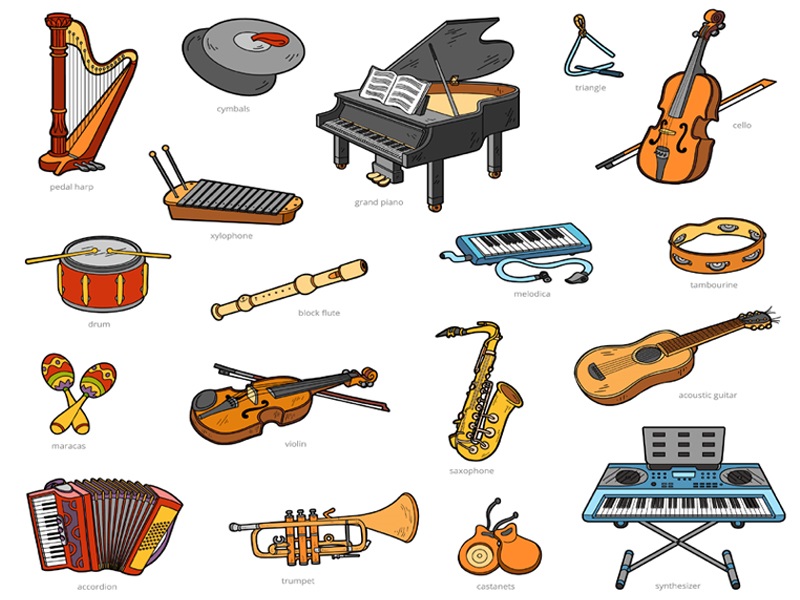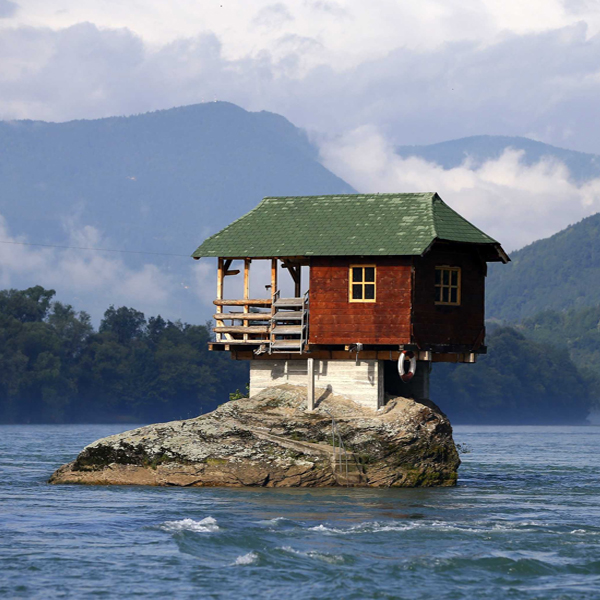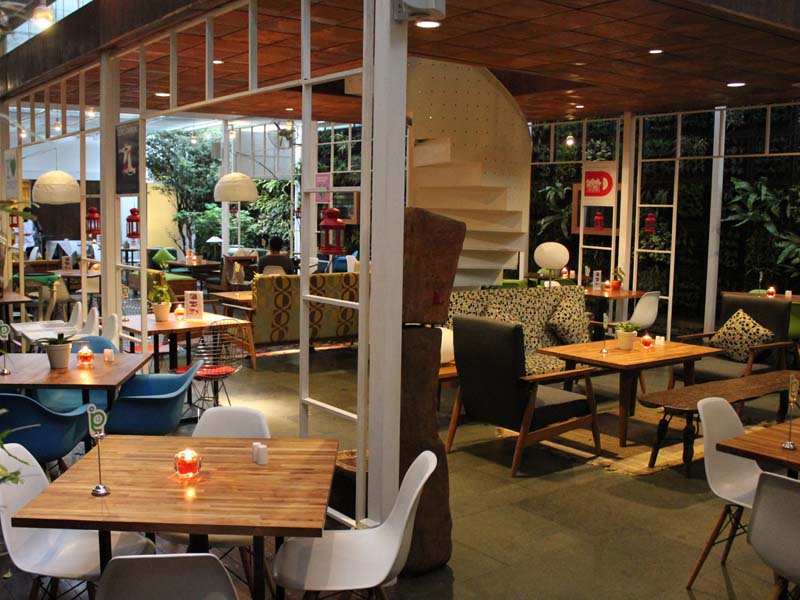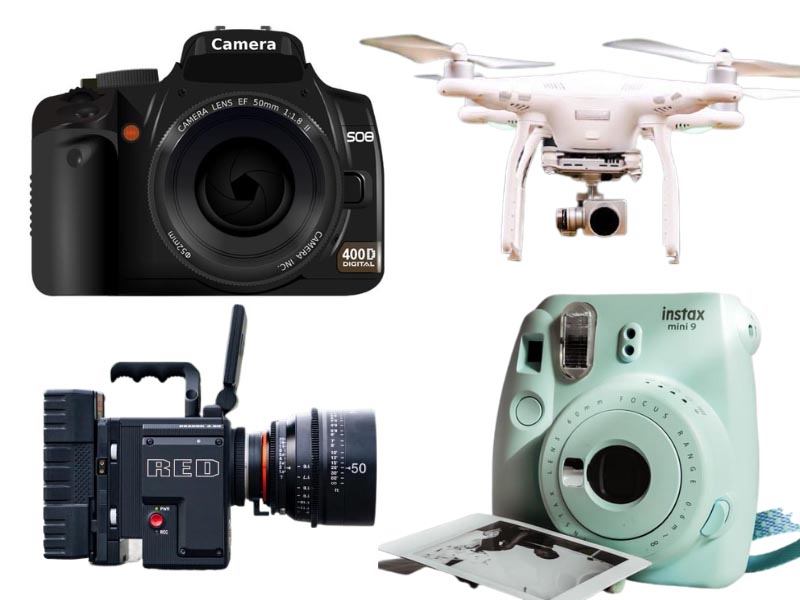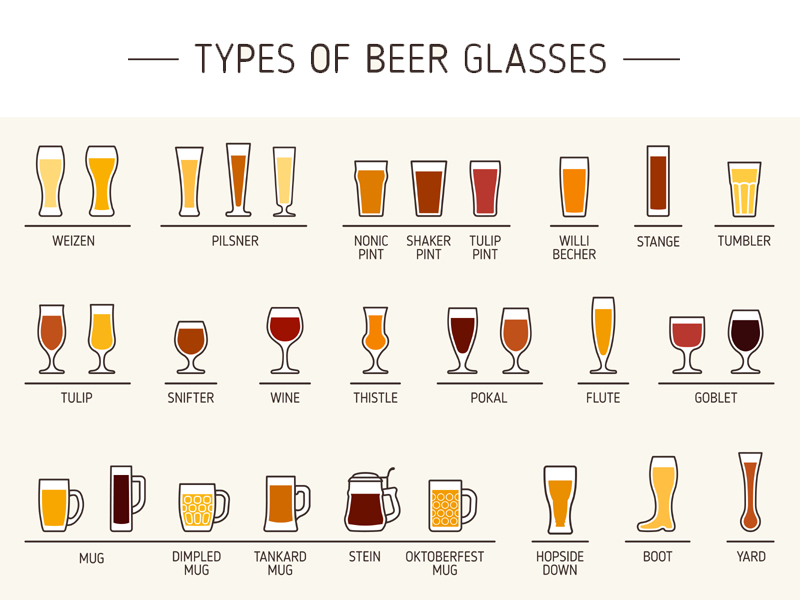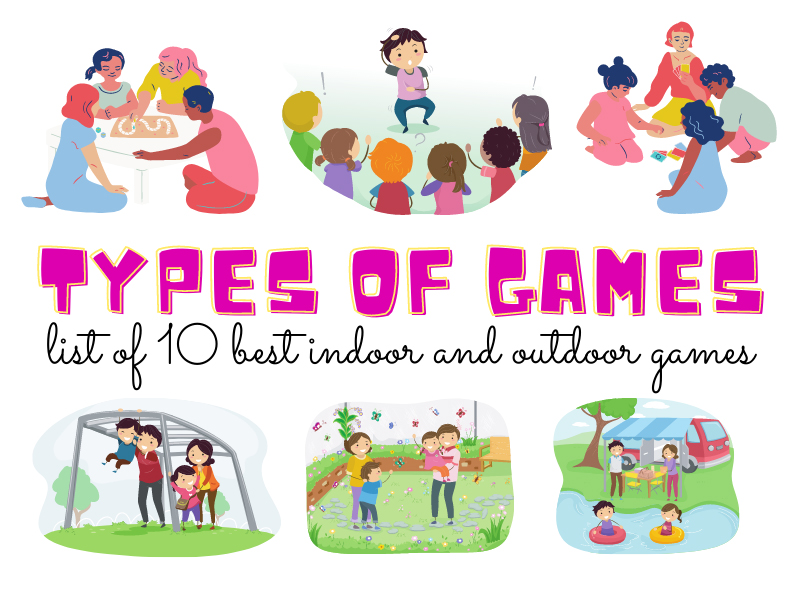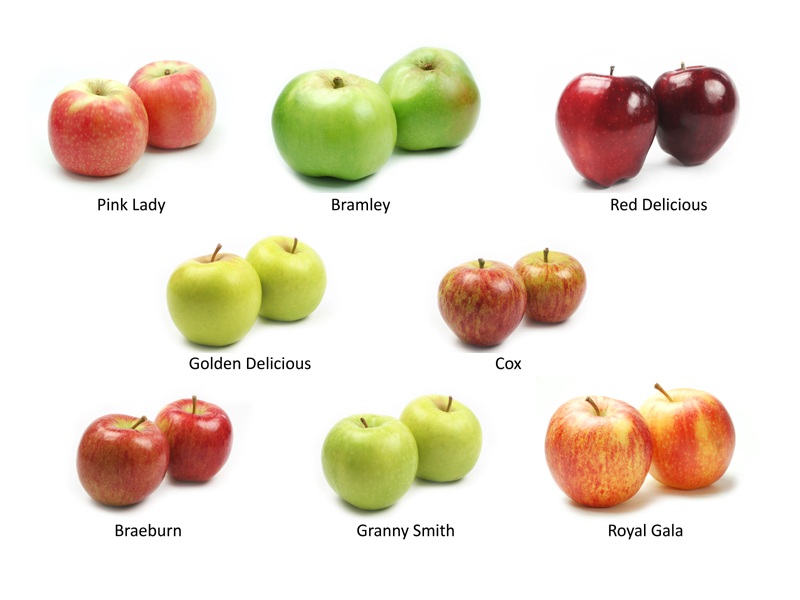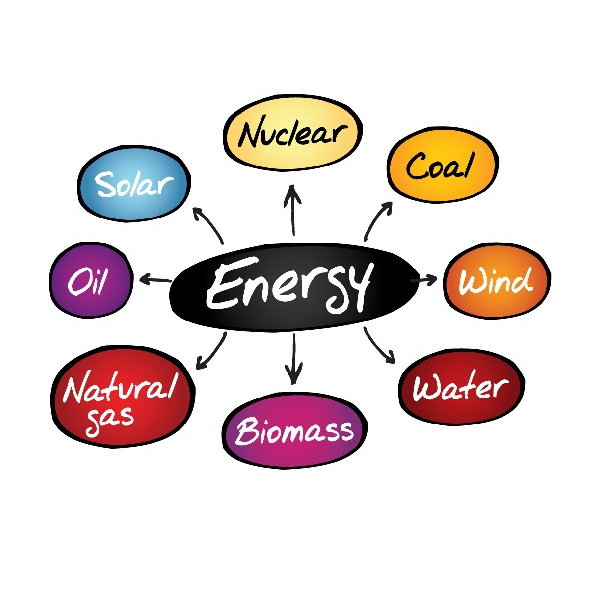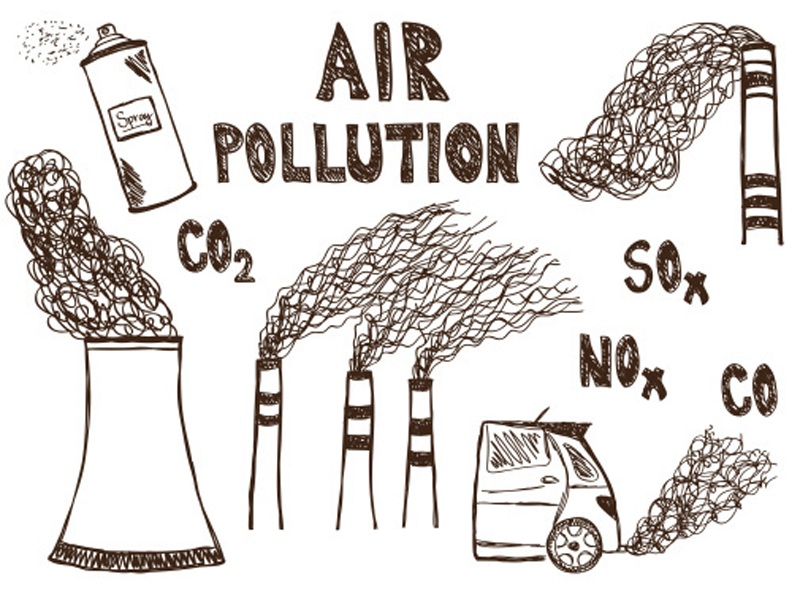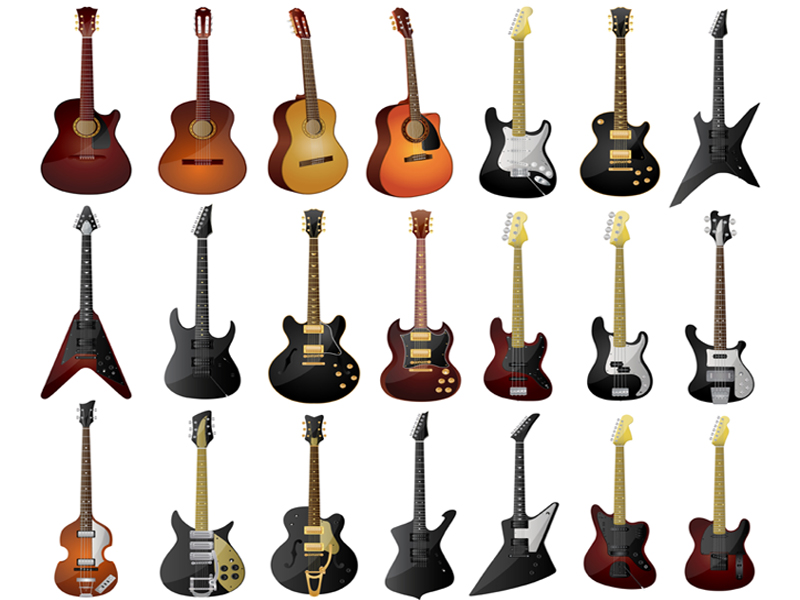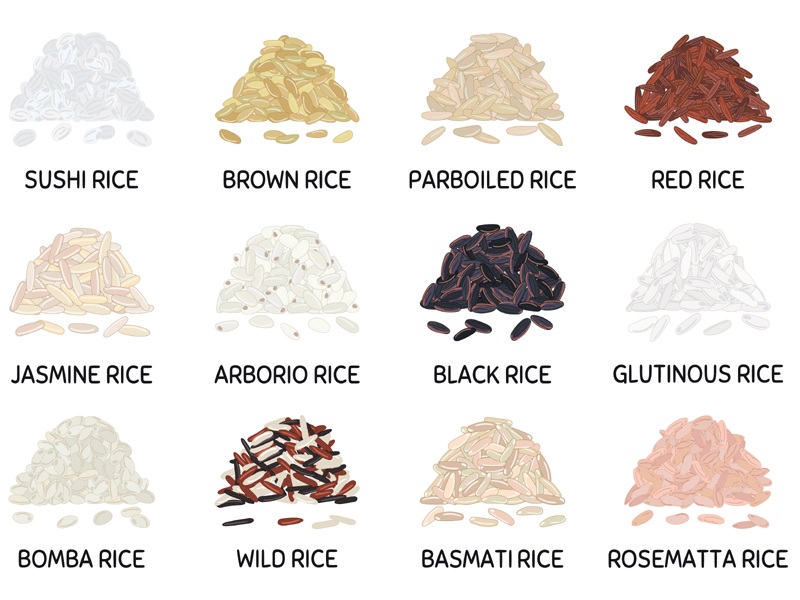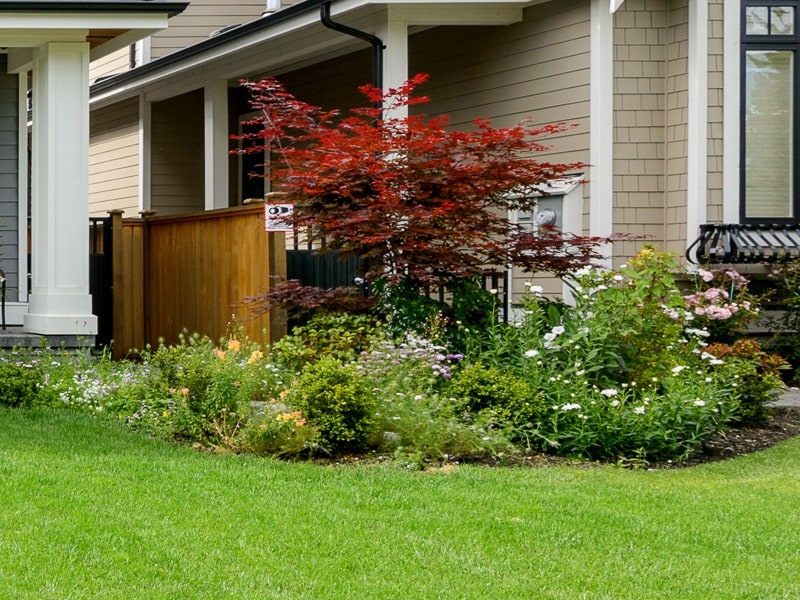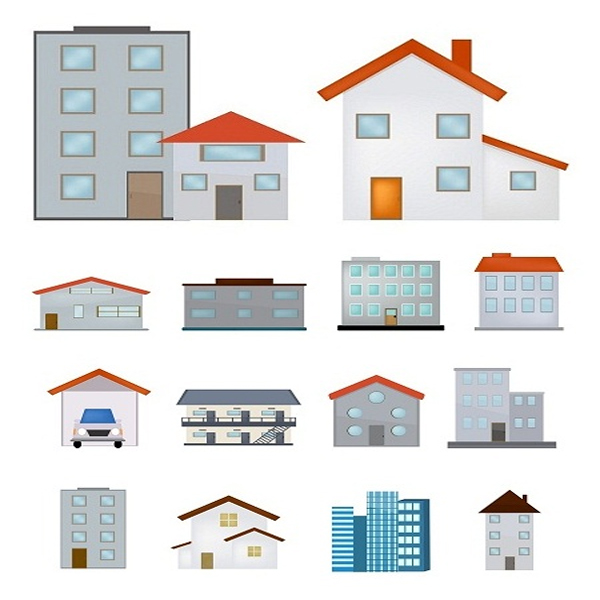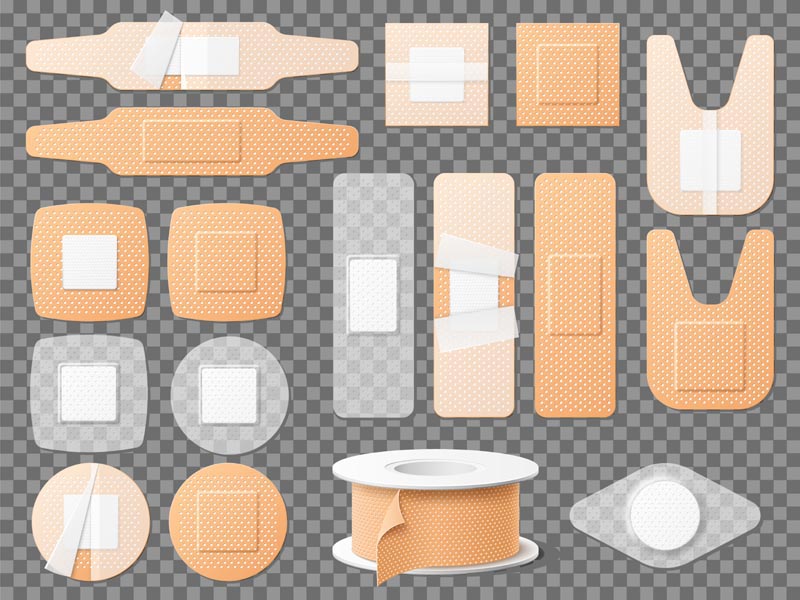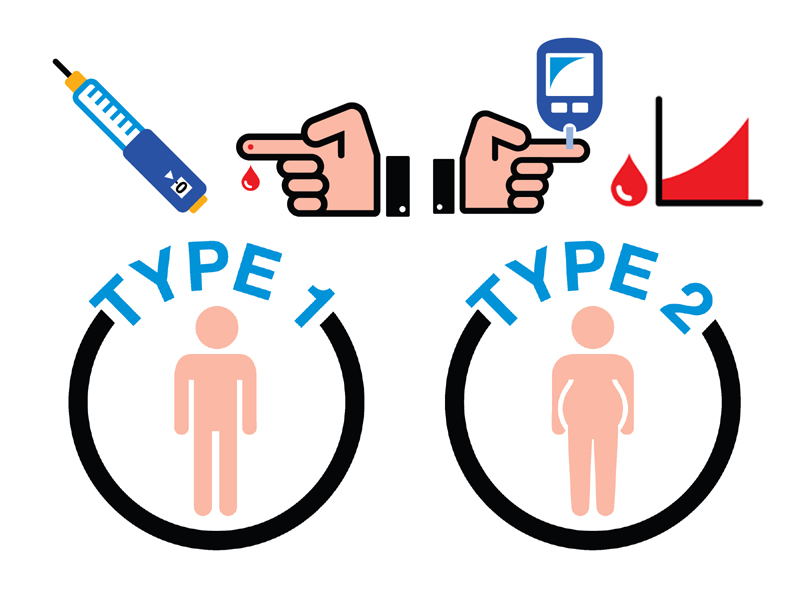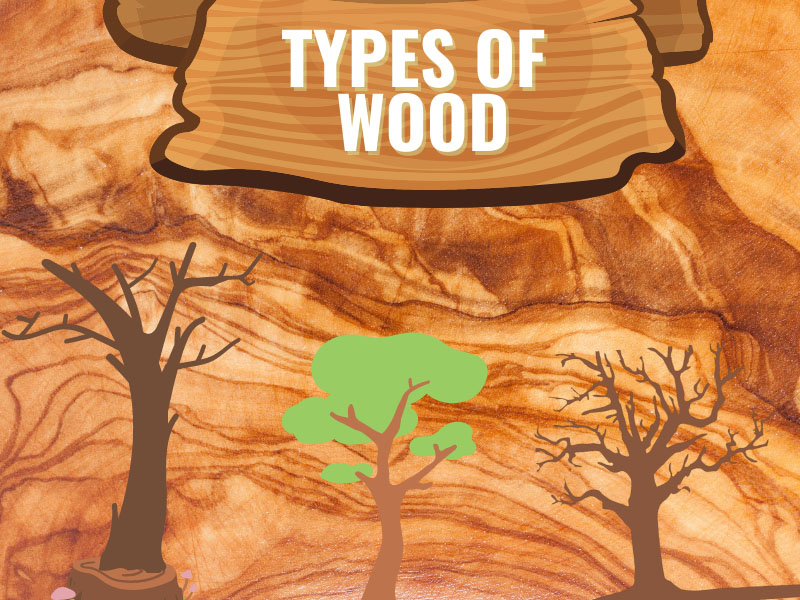There is tremendous growth in built structures worldwide, given population growth, global movements, and infrastructure. As a result, the different types of buildings are rising significantly as we advance, and it is time we catch up with the new-day phenomenon. Are you too excited and interested in discovering what these different types are and how they are classified?
To begin with, the types of building structures are classified based on their nature and purpose. So, today, let us learn all about these varieties and gain knowledge.
What is a Building?
What exactly is a building? How do we define it? Well, any structure with walls, structure, and roof standing on the top in the permanent matter can be considered as a building. It may be a house, school, office, factory, retail space, or anything. The building foundation types and structures vary between them according to their purpose and use.
Types of Buildings List and Design Classifications
If you think all kinds of buildings are of a similar manner, you are mistaken. The facilities are specifically built to serve different purposes. Now, let us go ahead and learn all about the various types and kinds of buildings, classifying them based on use, purpose, and design. Then, let’s move forward and know something new!
1. Residential Buildings:
As the name suggests, the entire purpose of the residential building is significant for the dwelling. It is considered in the category of residential buildings if more than half the area of the building is used for living. It is designed so that individuals and families stay in the house. Residential buildings, in general, have a living room, kitchen/cooking room, sleeping room, and bathing space.
Depending on the purpose it was constructed, there may be subcategories within the types of residential buildings such as houses, bungalows, apartments, duplex houses, hotels, dormitories, and so on.
See More: Types of Bridges Designs
2. Educational Buildings:
The types of educational buildings are purely built for the purpose of education or schooling. These building categories include schools, daycare, colleges, part-time teaching spaces, technical educational institutions, universities, and so on. The educational facilities can be both public or private in nature.
3. Institutional Buildings:
Institutional buildings generally fall under the category of civic buildings. This is because they are built to serve communities and ordinary people. The institutional buildings may be owned by both state/government or private. The common categories under types of institutional buildings include hospitals, museums, courts, post offices, prisons, libraries, community shelters, etc.
See More: Tallest Buildings In India
4. Assembly Buildings:
Assembly type of buildings is generally built for gatherings. These gatherings may be for the purpose of recreation, religion, or social uses/causes, and the common assembly buildings include hotels, restaurants, clubs, theatres, exhibitions, auditoriums, and so on. Different sections of people in society use the assembly buildings for different individual purposes.
5. Business Buildings:
The business buildings fall under the retail category. They can be an isolated structure or group of shops and facilities. Common business or retail building structures include shops, malls, realtors, boutiques, etc. These include both small and high rise building structures and may consist of just a single structure or group of establishments in one place.
See More: Beautiful Types Of Houses In The World
6. Mercantile Buildings:
The mercantile buildings generally include wholesale or retail shops and structures for the everyday purposes of commoners. These different kinds of buildings are trading spaces, which include facilities such as general stores. Therefore, it is among an everyday use building to facilitate and help the citizens of the society.
7. Industrial Buildings:
Industrial buildings are otherwise popularly known as manufacturing structures. These include facilities that are a hub for manufacturing, such as factories, warehouses, storage facilities, power plants, etc. In these structures, materials or products are assembled or processed to gain an end product.
8. Storage Buildings:
As the name suggests, the storage structures are built explicitly for the storage of goods and merchandise. These include cold storage, stables, sheds, godowns, etc. these buildings are specifically constructed to make goods long-lasting with the right equipment and facilities in the establishments.
9. Hazardous Buildings:
The hazardous buildings are carefully tackled to only look into handling and storage, manufacturing of poisonous or explosive materials. These are specifically structured to build facilities that manage and control chemicals, toxic liquids, and explosives. The hazardous buildings generally come with a heavy safety mechanism, and ordinary citizens in the society are not allowed freely to move under this property, given the safety precautions. The owner of these buildings is by a specific authority, both public and private.
10. Recreational Buildings:
As one can guess, the recreational buildings are where one can engage and consume in several activities for pleasure or entertainment. People or groups come to these building spaces for their personal purpose of leisure. These are public spaces, which may be both government or private. The common buildings in recreation include a swimming pool, park, and fitness centers.
Writing more types of buildings is not being possible – as they are mixing up with one or the other variety. However, this kind of categorization based on purpose seems to fit every design.
See More: Different Types of Banks
So, these are the different types and varieties of buildings around us in the everyday world. We hope you learned something new or gained a perspective on categorizing different built structures around us. So, what do you think about this guide? Let us know your thoughts!
FAQ’s
1. What are the different other classifications for buildings?
One can categorize and classify buildings based on different terms. You can even learn and classify the establishments based on built structures, such as foundations, walls, roofs, property, etc.
2. What are different human habitation structures?
The popular human habitation forms include cottage, bungalow, hut, ranch, tower, movable dwelling, and house barn. However, the architectural building types and structures may vary, depending on the category.
3. What are some types of nonbuilding, built structures?
There are also types of non-buildings structures such as bridges, flyovers, and so on.
Disclaimer:
This is exclusively a guide about different types of buildings for informative purposes only. The opinions and overview in this article are provided from various sources across the web. The author does not guarantee or promise any accuracy of the facts provided in this article.


